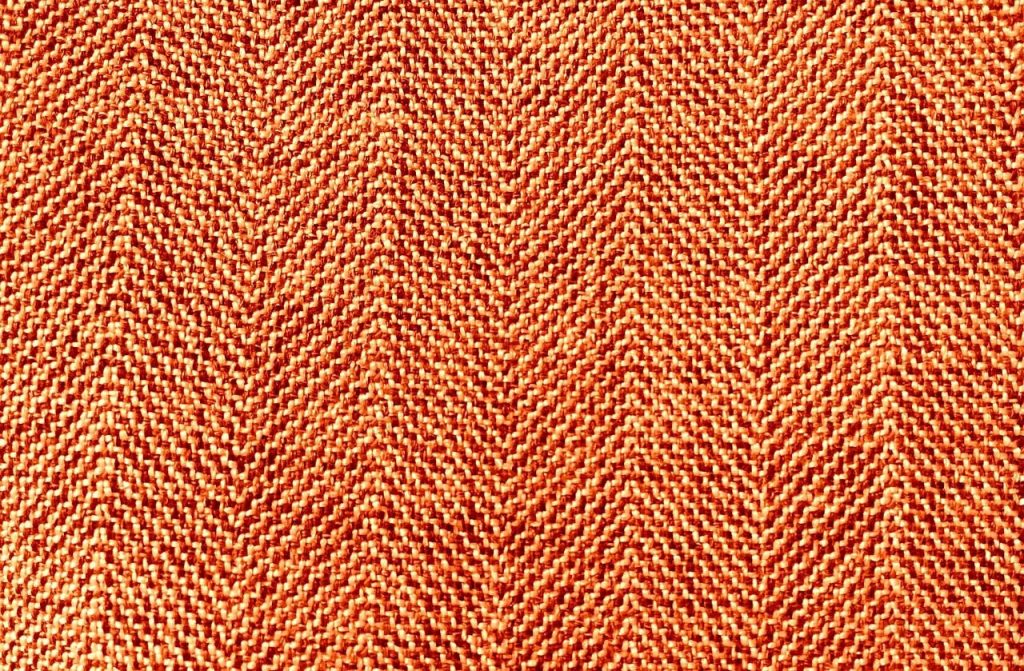The flax plant yields a natural fiber with some very advanced properties. And we’re not just talking about the comforts of linen.
Flax can also be used to produce lightweight, flexible and highly rigid composite materials.
When combined with their natural appearance and ecological properties, flax based materials may be excellent options for composite engineers seeking enhancements in both sustainability and technical performance.
And this is a desirable combination for a wide range of consumer, industrial and structural applications.
In this article, we’ll look at how flax fibers are used to create high performance and responsibly crafted sports and recreational equipment.
Flax Properties for Performance and Sustainability
In general, composite materials for outdoor gear need to be strong, stiff and lightweight. Flax fibers meet these criteria. In fact, flax is one of the stiffest natural fibers. And, because of their low density, flax fibers can add strength while reducing weight.
Of course, flax also provides the bonus of incorporating a biobased, sustainable material in a composite blend.
For example, flax is 100% natural, biodegradable and can be grown in cold climates, allowing for increased crop rotation and helping farmers use less land.
But flax fibers also possess another trait making them ideal for performance gear applications: inherent dampening properties and vibration control. Vibration control is a key property in many sports and recreational product applications.
These dampening properties improve a recreational product’s ability to absorb shock, reduce fatigue, and remain stiff but flexible when handling variable terrain. Just imagine the benefits for sports such as skiing, biking, tennis, golf, paddling and much more.
Despite their natural strength and stiffness, flax fibers may not be rigid enough to meet certain consumer product safety regulations on their own. So composite engineers are finding ways to combine them with conventional fibers, such as glass or carbon fibers, to produce reinforced components for recreational products with sustainable attributes.
Sustainable Bicycle Design
For example, LOOK cycles designed the 765 for avid cyclists and touring riders looking for a comfortable ride with the benefits of carbon technology. Specifically, the 765 uses LOOK’s Carboflax technology, combining flax fibers with carbon to produce an exceptionally stiff, lightweight frame with better vibration dampening.
Similarly, Schwinn bicycles uses a composite blend of 90% flax with 10% carbon fibers to produce the Vestige. This composite blend enables Schwinn to design a uniquely sustainable bike frame while also meeting strict EU stiffness requirements.

Flax Composite Ski Technology
Many ski brands have incorporated similar technology into their ski designs as well.
For a beautiful example of this construction in action, take a look at Lonely Mountain Skis.
Lonely Mountain, based in Scotland, uses a wood core surrounded by flax and carbon fibers to produce their line of handmade freeride skis.
And Bcomp, who produces bCore®, a lightweight core with foam or balsa combined with natural flax webs, estimates that their cores are used in composite ski construction for over 30 different ski brands worldwide.
Technical flax-based fabrics are emerging as key contributors to the young but growing biobased composites sector.
And several companies have developed new materials based on flax technology for sports and recreation composite applications.

For example, Lingrove’s Ekoa line of biocomposites, made from a blend of flax linen fabric and bioepoxy, can be used to make lightweight products with dampening control for applications such as SUP paddles, golf clubs, rackets, ski poles, walking sticks and more.
Many of these materials, such as Biotex Flax from Composites Evolution, are suitable for most standard composite processes, including vacuum bagging, RTM, press molding, pultrusion, filament winding and prepregging.
BComp produces ampliTexR, a lightweight technical flax fabric that can be used to increase the strength of composite materials by as much as 20%. AmpliTex is used to construct lightweight and stiff surfboards. This material is also finding a niche in wake boards, kite surfing, stand-up paddle boards, canoes, kayaks, and more.
Procotex offers unidirectional (UD) flax fibers and prepregs for the thermoplast and thermoset market. They are suitable for the design of structural components in a wide range of recreational product categories.
Finally, Lineo produces flax fibers to reinforce composite properties for several applications. They offer a range of biocomposite products, including including UD flax tape, flax preg and flax ply. Jut take a look at how their materials were used in designing a flax based tennis racket.
A New Realm of Biocomposite Possibilities in Sports and Recreation
Flax has great potential for sports and recreational product manufacturers aiming to design sustainable gear without sacrificing performance benefits.
It’s a unique natural material that can bring added performance characteristics to biocomposites, including reduced weight, better vibration control, better environmental profile, and a nice natural aesthetic.
Keep an eye out for more of these innovations showing up on the market.






